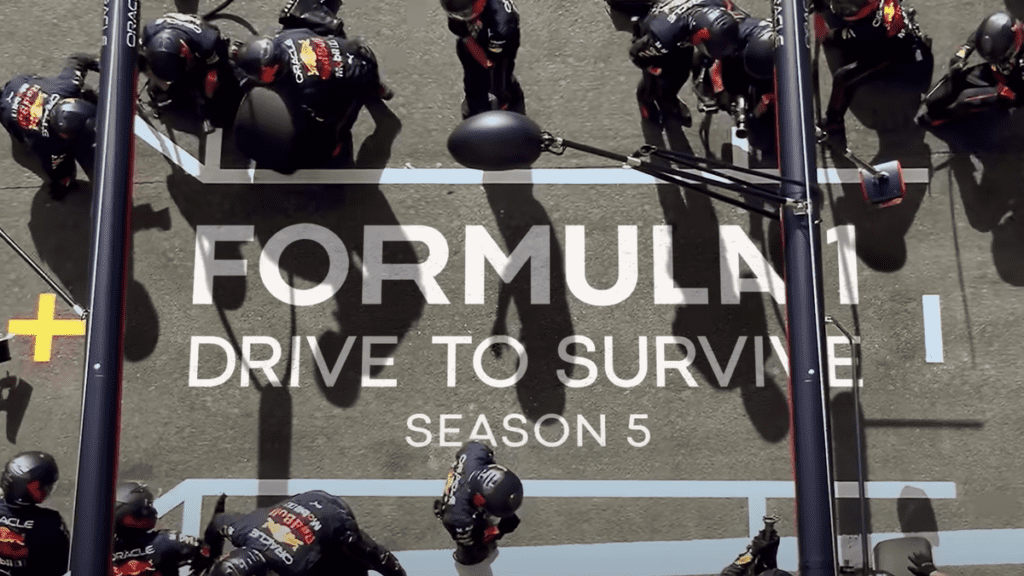These Are the Most Fascinating Takeaways from Formula 1: Drive to Survive Season 5

Yes, we do get a smidge of insight into the perpetual mismanagement of the Prancing Horse, but I don’t really feel like I actually got a full sense of what happened. Part of that, I think, comes down to Netflix’s liberal use of timeline jumps, but I just didn’t really feel the gravity of the team falling off. And, yes, we learned that Ferrari wouldn’t be a Championship factor fairly early in the season, but there could have been so much more meat. I didn’t come away with a strong sense of what happened, nor did I feel like I actually understood how the drivers felt. That’s likely down to the way Ferrari participated in the series (it’s been notoriously hesitant to really let the cameras in), but the reliance on on-track clips to tell the story leaves so much behind.
Similarly, the series doesn’t really get its hooks into Mercedes. Yes, DTS talks about the way the team suffered from porpoising to the point that it ultimately failed to become a reliable competitor, and we see Toto Wolff going to bat for his drivers, but it felt like the problem arose from nowhere, and there was also very little resolution.
Netflix, of course, isn’t meant to elaborate on the nuances of technical regulations, but the comprehensive rule changes were the whole reason why Mercedes struggled! This was a chance to talk about how that can provide its own dramatic angle, how past regulation evolutions have resulted in eras of dominance for some teams while other former stars fall apart.



